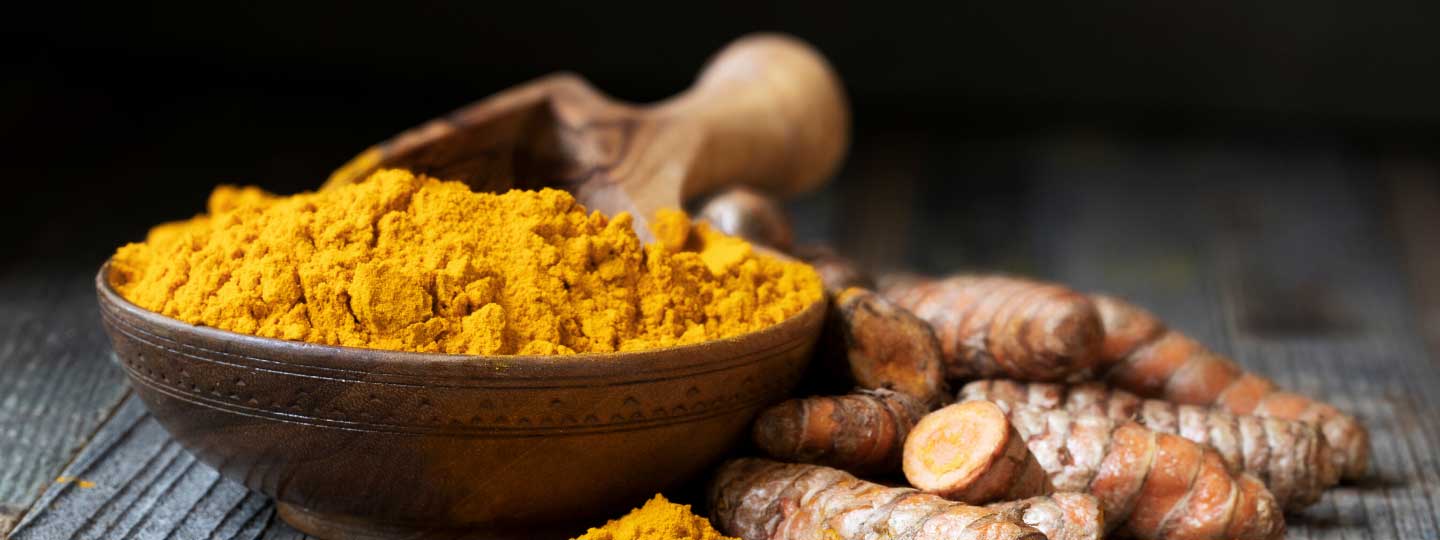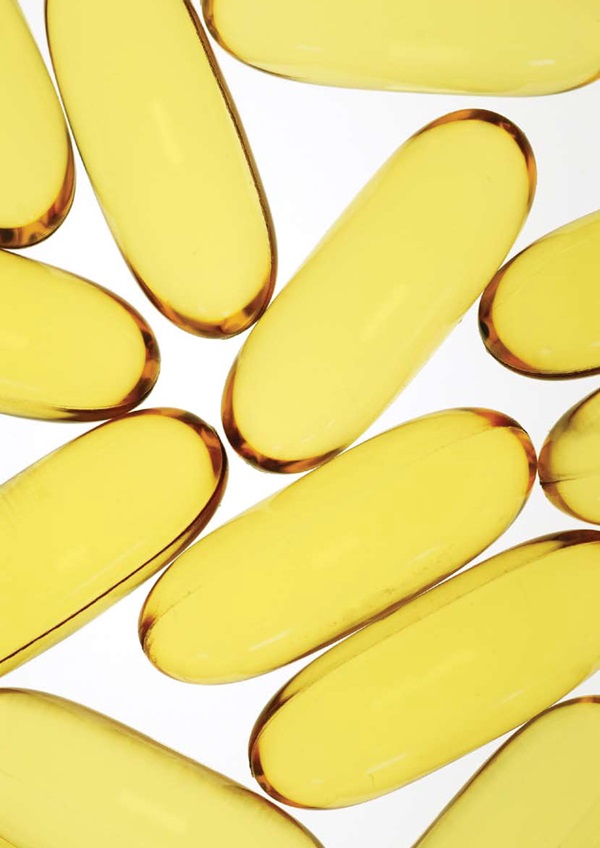Spotlight on Complementary and Alternative Medicine
25 July 2024
How many patients have asked you about complementary and alternative treatments for arthritis? Our latest survey suggests that it’s time for healthcare professionals to get in on the conversation.
The use of complementary and alternative medicine (CAM) among people living with arthritis is rising. From herbals to acupuncture, mindfulness to TENS machines, approximately half of all CAM purchases in the UK are made by consumers seeking relief from arthritis and MSK issues.
At Versus Arthritis, we know how difficult the CAM marketplace can be to navigate. Apart from chiropractic, there's no professional statutory regulation of CAM treatments in the UK. Wonder cures and pseudoscience abound. Every other month an overhyped product promises an end to arthritis.
And the difficulties do not stop there.
Complementary and Alternative Medicine (CAM) survey

Clinical evidence for the efficacy of most CAM treatments remains highly variable, with few high-quality randomised clinical trials (RCTs) to support industry or practitioner claims.
Current NICE guidelines stop short of noting any CAM treatments for the non-pharmacological management of osteoarthritis. The only forms of CAM acknowledged for patients with rheumatoid arthritis are wax bath therapy and transcutaneous electrical nerve stimulation (TENS), which NICE suggests physiotherapists consider learning about for short-term pain relief.
Yet there’s no denying that observational studies do show that a substantial proportion of patients with all forms of arthritis and chronic pain report important benefits from many forms of CAM. In fact, there is good reason to believe that the benefits of some CAM treatments cannot be simply ascribed to placebo effects.
In early 2024, we surveyed our community to ask what they did to manage their symptoms. Our survey received over 2,800 responses from people living with inflammatory and non-inflammatory arthritis, identifying the CAM options they had used, the sources of information they had relied upon, and their perceptions of the effectiveness of these treatments.
You can view the full summary of our report via the link. We have also highlighted some of the key findings below.
VA Complementary Alternative Medicine Survey Summary
Key findings
These are some of our key findings:
-
87% of respondents used some form of CAM to manage their symptoms.
-
Less than 10% accessed alternative therapies or pain management programmes via the NHS.
-
81% turned to CAM and self-management to specifically manage pain.
-
61% had used supplements, and 26% had used at least one form of herbal medicine. Across both groups, respondents often reported having found NSAIDs or biologics ineffective.
-
67% had used physical therapies such as acupuncture, chiropractic, massage and hydrotherapy. Hydrotherapy was rated the single most effective of all physical therapies, with 77% of users finding it beneficial.
-
47% had tried some form of diet or food avoidance.
-
45% had experimented with electrical and thermal devices. Infrared heat provided some degree of relief for 77% of users. 63% of TENS machine users also reported pain relief.
-
45% of respondents who used cognitive behavioural therapy (CBT) found it useful.
Our survey found that decision-making around CAM continues to be based largely on personal recommendation and informal research. Engagement across both primary and secondary care continues to be limited, with only one in three respondents reporting discussions about CAM with any healthcare professional.
On the occasions that discussions around CAM did take place, respondents too often reported that healthcare professionals were dismissive and disinterested, showing “no desire to know more” and little inclination to advise them.
As a healthcare professional, you may not be able to answer all the questions that your patients have about CAM, particularly when it comes to newer and lesser-researched treatments such as CBD and cryotherapy. However, there’s a lot you can do to ensure that patients make informed decisions, rather than relying on hearsay and commercial hype.
A few useful tips
Open the conversation. Most patients may already be trying a range of treatments to manage their arthritis symptoms - asking what they are doing and recording it will help build trust and rapport.
Share the evidence. Take a few moments to review impartial and evidence-led information such as Versus Arthritis’ CAM summaries (which rate the effectiveness and safety of over forty treatments) and share the link with your patients.
Keep a diary. If your patient is looking to try a form of CAM, suggest they keep a daily note of their joint pain, swelling and any other symptoms. Dr Benjamin Ellis, senior clinical policy advisor at Versus Arthritis, suggests that if symptoms do improve, “after two to three months consider pausing the CAM treatment to see if symptoms worsen without it”.
Spend wisely. Remind your patients to avoid monthly subscriptions for costly joint care supplements, and to ignore all products that promise 100% pain relief. Re-usable heat/cold packs may cost less and be more effective than expensive supplements, sprays and gels. Most CAM treatments are safe, though some pose a real danger to your patients’ pockets.
Ask about herbals. St John’s wort, green tea, echinacea, flax seed and willow bark are some of the herbals that can interact with immunosuppressants. Ginger and feverfew are also known to interact with anticoagulant and antiplatelet drugs. If a patient reports a dramatic response to any herbal or supplement, consider whether it may have been adulterated with potent steroids or contaminated with toxins.
Don’t dismiss. CAM includes treatments that have a long history of traditional use. If your patient’s ethnic background supports the use of any herbal preparations, it might be worth steering them towards one that has been granted a traditional herbal registration (THR) by the Medicines and Healthcare products Regulatory Agency (MHRA). Registration is no assurance of efficacy, though it does guarantee pharmaceutical quality and provides patient information on dosage and interactions.